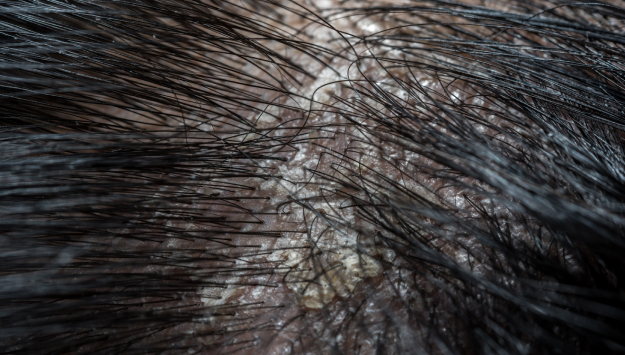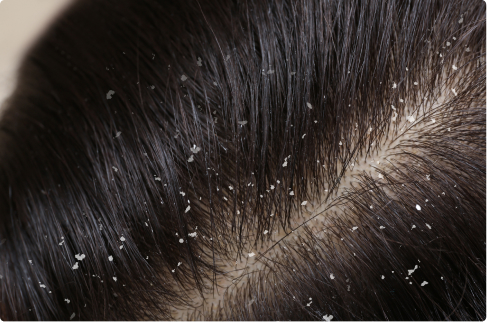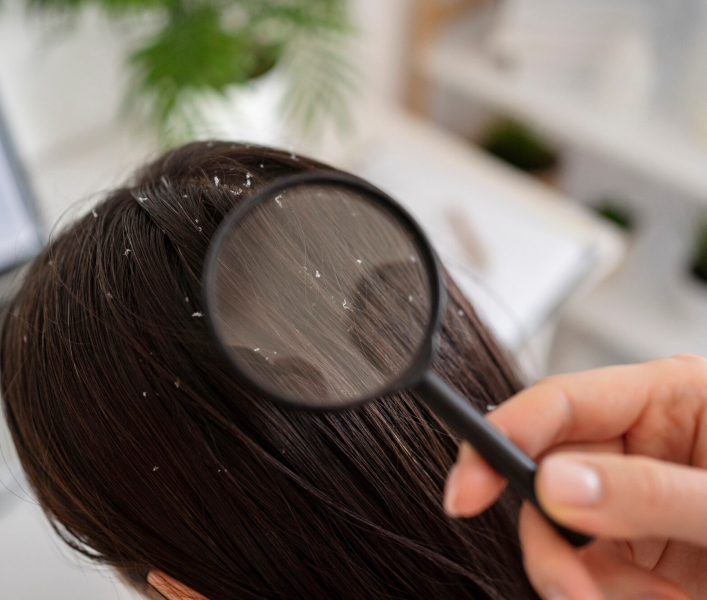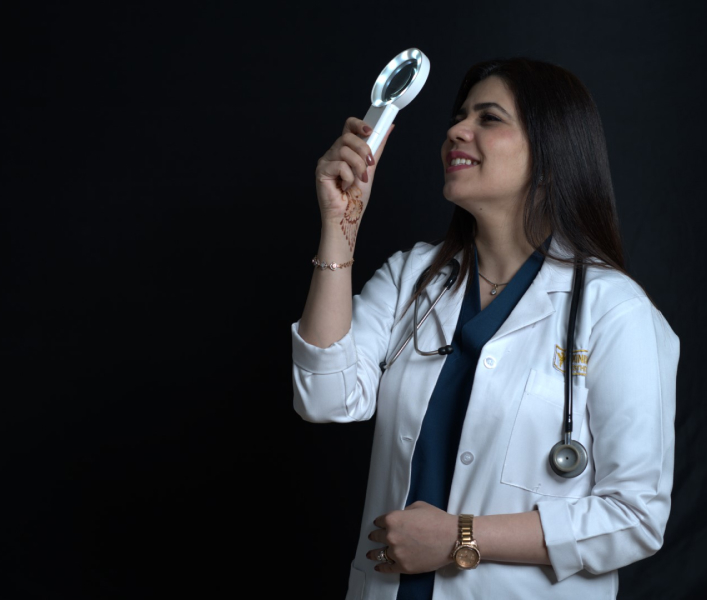Dandruff is a prevalent scalp condition that affects many people worldwide. The reasons for dandruff are multifaceted and include factors such as uncontrolled growth of the fungus Malassezia, sensitivity to hair care products, and dry hair. It is characterised by the presence of yellowish or white flakes on the hair, scalp, and clothing. In severe cases, it can result in dandruff patches on the scalp. Dandruff can be an uncomfortable and upsetting condition, but it is usually not threatening.













